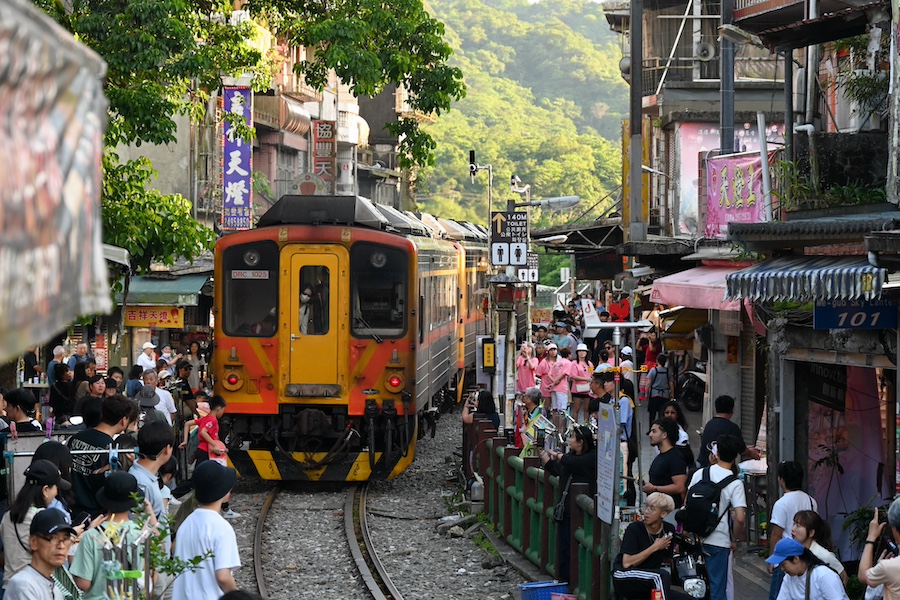
Taiwan Railways suspends Pingxi Line until January 30, 2026; bus replacement between Ruifang–Jingtong
JR East (East Japan Railway Company) will implement a fare revision on March 14, 2026.
When traveling across multiple railway companies, fares will be calculated using a “cumulative add-on method” that adds an amount corresponding to the operating kilometers within the JR East section to the operating kilometers for the entire trip. No add-on amount will be set for JR Central (Central Japan Railway Company) or JR West (West Japan Railway Company).
Between Tokyo and Atami stations, fares have been calculated by treating the Tokaido Shinkansen and the Tokaido Line as the same route, but after the revision the fares will differ. As a result, you must purchase a ticket according to the line you actually use. The three optional routing sections will be discontinued.
Among the passenger business rules, the special provision for passing through the designated Tokyo-area section will continue to apply, except for the Tokyo–Shinagawa segment of the Tokaido Shinkansen. For ordinary passenger fares related to stations within the Tokyo 23 wards and within the Tokyo Yamanote Line area, the fare between Tokyo and Shinagawa will be calculated via either the Shinkansen or conventional line according to the route used. For tickets to which the Yokohama City Zone rule applies, if traveling via Shin-Yokohama Station on the Tokaido Shinkansen, fares will be calculated using Shin-Yokohama as the central station.
Shinkansen commuter passes will increase in price, but users can continue to use conventional lines that run parallel to the Shinkansen. Green Car commuter passes will also increase in price. Admission tickets (platform tickets) will be priced the same as the revised minimum base fare.
Special promotional tickets will have their sales prices reviewed. The Railway Station Accessibility Charge will be abolished, except on the Tokaido Shinkansen.